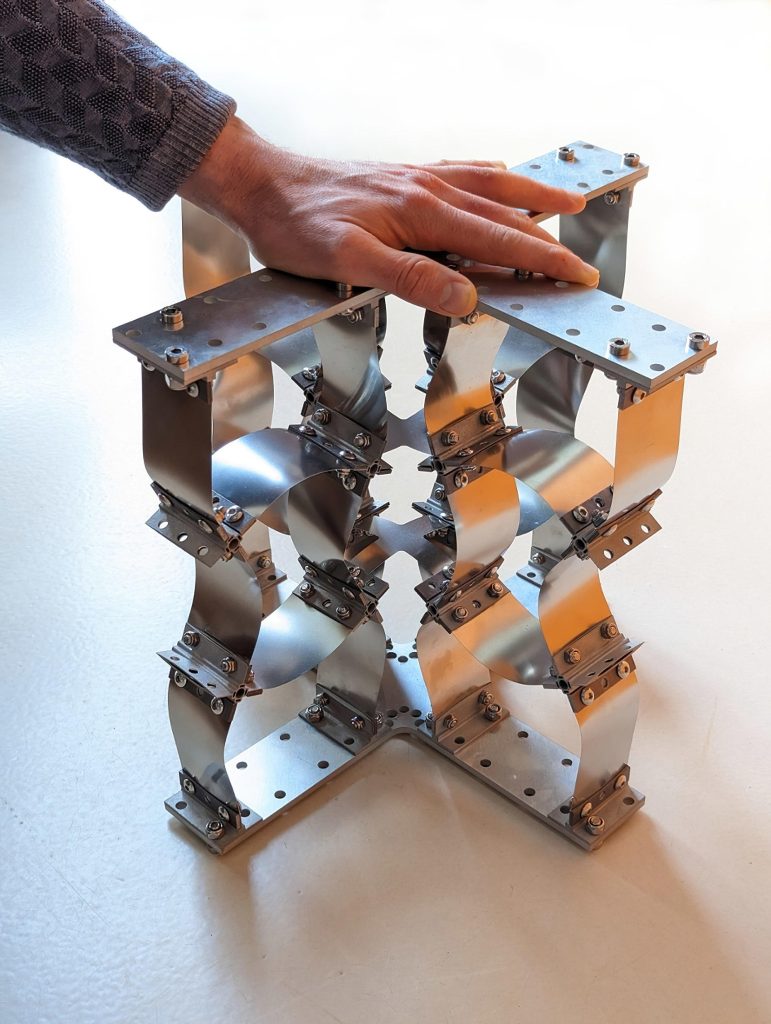
A buckled material that is both stiff and good at absorbing vibrations. Credit: D. Dykstra et al.
Would you rather run into a brick wall or into a mattress? The majority of people would find this decision straightforward. The hardness of a brick wall does not effectively dampen shocks or vibrations, whereas a mattress, with its softness, serves as an excellent absorber of such shocks. Interestingly, in the realm of material design, both of these characteristics may be desired.
Materials need to be adept at dissipating vibrations, yet simultaneously maintain sufficient stiffness to prevent collapsing under significant pressure. A team of researchers from the UvA Institute of Physics has now found a way to design materials that manage to do both of these things.
Usually, the two characterizations of a material are mutually exclusive: something is either stiff, or it can absorb vibrations well – but rarely both. However, if we could make materials that are both stiff and good at absorbing vibrations, there would be a whole host of potential applications, from design at the nano-scale to aerospace engineering.
A rubber metamaterial sample with a mass on top is subjected to excitations: first with increasing frequencies and then with decreasing frequency. When subjected to a large excitation, the sample buckles. Buckling is more pronounced with a decreasing frequency. Credit: University of Amsterdam
Buckling does the trick
A team of researchers from the University of Amsterdam has now found a way to create materials that are stiff, but still good at absorbing vibrations – and equally importantly, that can be kept very light-weight.
David Dykstra, lead author of the publication, explains: “We discovered that the trick was to use materials that buckle, like thin metal sheets. When put together in a clever way, constructions made out of such buckled sheets become great absorbers of vibrations – but at the same time, they preserve a lot of the stiffness of the material they are made out of. Moreover, the sheets do not need to be very thick, and so the material can be kept relatively light.”
The image (beginning of the article) shows an example of a material that uses this buckling of metal sheets to combine all of these desired properties.
A metal metamaterial sample with a mass on top is subjected to excitations: first with increasing frequencies and then with decreasing frequency. When subjected to a large excitation, the sample buckles. Buckling is more pronounced with a decreasing frequency. Credit: University of Amsterdam
A host of applications
The researchers thoroughly investigated the properties of these buckled materials and found that they all showed this magical combination of stiffness and the ability to dissipate vibrations. As known materials do not have this desired combination of properties, the new lab-made materials (or metamaterials) have a very wide range of potential applications, and at a very wide range of scales.
Possible uses range from meter-sized (think of aerospace, automotive applications, and many other civil designs) to the microscale (applications such as microscopes or nanolithography).
Dykstra: “Humans like to build things – small things and big things – and we almost always want these structures to be light. If that can be done with materials that are both stiff and good at shock-absorbing, many existing designs can be improved and many new designs become possible. There really is no end to the possible applications!”
Reference: “Buckling Metamaterials for Extreme Vibration Damping” by David M.J. Dykstra, Coen Lenting, Alexandre Masurier and Corentin Coulais, 18 May 2023, Advanced Materials.
DOI: 10.1002/adma.202301747


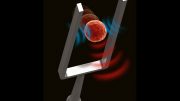

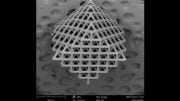

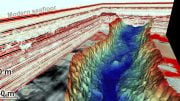
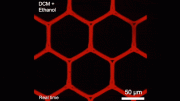
Be the first to comment on "A Magical Combination – Scientists Develop a New Class of Materials"